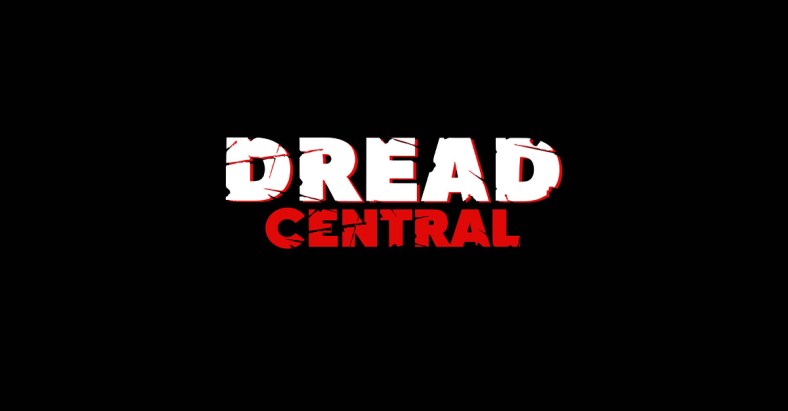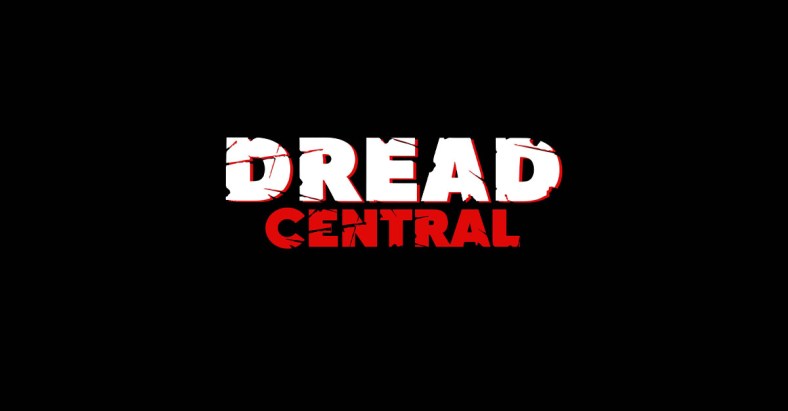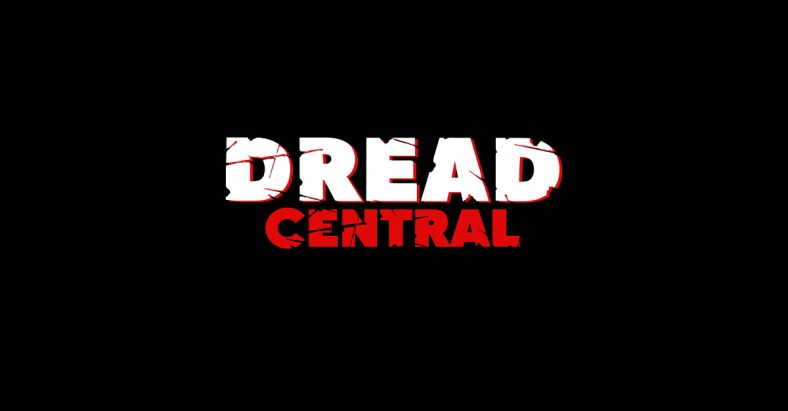#SDCC16: Chuck Hogan Talks the Future of The Strain; Miguel Gomez on the Importance of Minority Characters

I first heard of “The Strain” a number of years ago from a friend who’s really into vampire lore. I’ll never forget how she recommended it to me: “It’s like vampires, but they are gross, so you’d like it.”
It’s a sentiment that the TV show’s publicity team must have shared because many people will forever relate “The Strain” with the shocking “worm in the eye” ad campaign that was plastered on what seemed like every bus, billboard, and banner for a good while. It’s a bit misleading, as while fans of the series can definitely attest to the more shocking side of the strigoi, the real meat of the show comes from its dark and complex world.
It’s that world, populated by a diverse cast of believable characters, that brings me back each season. Well, that and the tentacle vampires of course. With the conclusion of Season 2, we had some heartbreak with the death of Nora and the taking of Zach. With only 10 episodes to tell their story in Season 3, kicking off August 28th, I was eager to find out where they are going from here. When executive producer and series co-creator Chuck Hogan sat down, I took my chance to find out his vision for the future of “The Strain.”
Chuck: From day 1, I made clear that the book was the book, and the show was the show. It’s a great source material to go back to for ideas, but I don’t at all feel constrained to that exact plot. I’m always looking for ways to innovate and build this world. It’s unique for me, because this is a world I co-created with del Toro. So going back into that and seeing where I can evolve is rewarding and fun. My plan for the show is to go where I need to go to get to a satisfying ending, just like we did in the book. I’m not saying that it’s the same conclusion or story. We just started talks a few days ago about Season 4, so we have a lot of places we could go.

He went on to explain how his collaboration with del Toro has been:
Chuck: One of the most important things for me was explaining these strigoi in a realistic and satisfying way without belaboring. In that respect, Guillermo has been instrumental. His visual and narrative style is key to the feel of “The Strain.” It’s been great coming up with ideas, getting him excited, and having him come back with something even better. It just builds until we have the best show possible.
Chuck also had some specifics as to what to expect from this season:
Chuck: Last season we introduced the feelers. People keep asking me if I’m there are going to be other new vampires, and I can say that there won’t be in Season 3. We want to explain the feelers a bit more, but we [also] want to focus on these human characters fighting against the monsters threatening them. Allegiances are shifting, especially with Palmer, so expect a lot to change with him. Also, we’re going to be seeing more of those meat processing plants.
Showrunner Carlton Cuse had more to say on what to expect:
Carlton: We pick up with the characters only a short time after Season 2 ends. We start with Ephraim as he learns about the state of the world and where the characters are now. He’s immediately affected by Nora’s death and forms a compelling relationship with Dutch that goes in an interesting direction. A big shift is that there’s no more debate about if the strigoi are bad news. It’s like smoking, the conversation is over, we all know it’s bad for you. The time for uncertainty is over, and it’s now a full-tilt battle for the fate of New York. If New York goes, the world goes with it.

He described the tone of Season 3:
Carlton: I could go on for hours about how exactly we got the look of the show right. We have two directors of photography, and we have spent days together laboring over color temperature, light selection, and other elements to make the visual palette of the show just right. We shoot in Toronto in the winter, which is hell on the crew but perfect for the bleak, oppressive feel we are going for. The setting of “The Strain” is a character all its own, and people watch it because of that compelling world. “The Strain” is radically different from other vampire shows. The strigoi aren’t pretty or brooding. It was incredibly important for us to tell this story not only narratively, but visually as well. With Season 3, I think we really nailed the comic book look and feel that makes this show so special.
We had some time to talk to the cast as well, and it was Miguel Gomez’s description of what his character means to him that stuck with me the most:
Miguel: To me, the show is a huge metaphor. It’s about more than just vampires and deals with our doubts, insecurities, and how you handle yourself in tough situations. In Season 2, we saw some police brutality when Gus got picked up and was treated a certain way based on how he looked and where he came from. But with Gus we can see that not everyone who commits a crime is a criminal. Some are just victims of circumstance. With real monsters out there, you have to look past that and find our good and humanity. Gus is proof that you have to keep fighting, never quit, and always strive to improve yourself.

It’s an incredibly deep and nuanced take that betrays a sensitivity not commonly expressed in today’s media. Looking past someone’s label and treating him or her like a person lies at the heart of fixing our present, tense social climate. We certainly need a bit more peace, love, and understanding, even in the vampire apocalypse.
So what about you guys and gals? Excited for “The Strain” Season 3? Let me know below, and keep following our coverage of Comic-Con 2016!

Categorized:News

